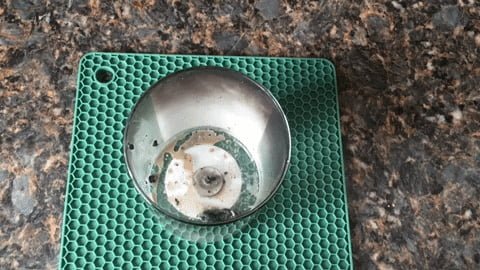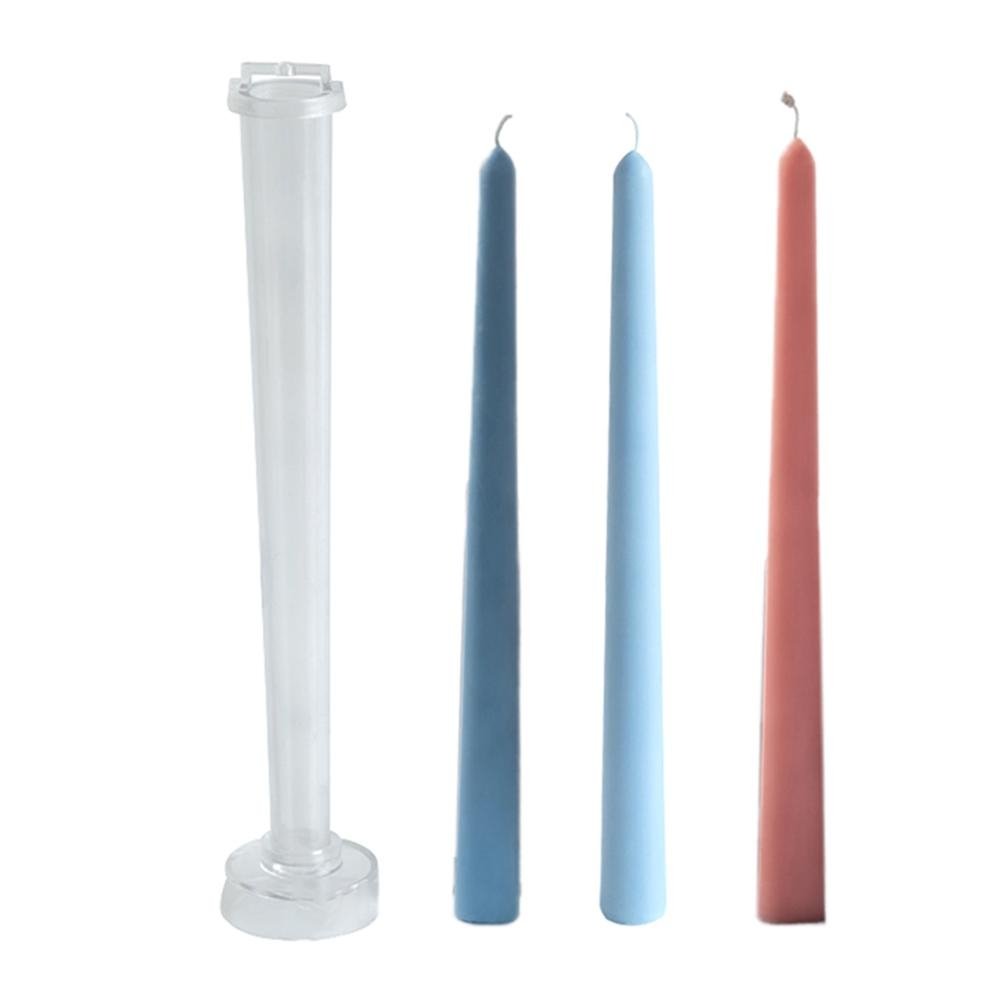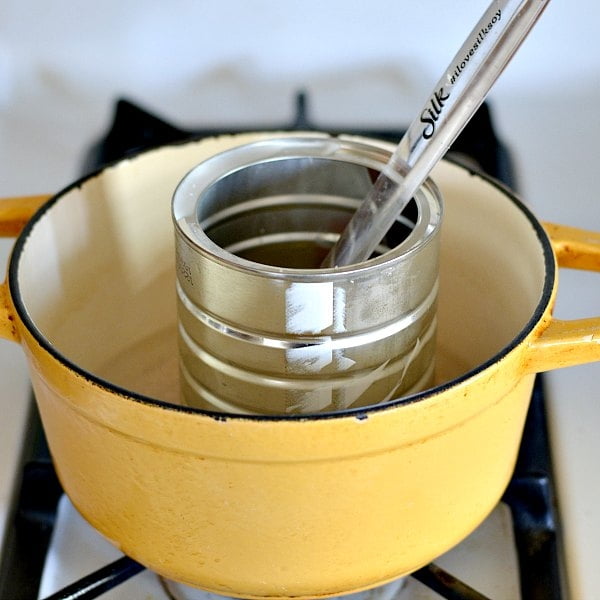Candle making is a time-honored craft that has been enjoyed for centuries. From the ancient Egyptians using animal fats to create light to the modern-day artisanal candle makers, the art of creating candles continues to evolve and thrive.
One crucial aspect of candle making is properly preparing wicks, which can significantly impact the quality and performance of the finished product. In this article, we will explore how to prepare wicks for candle making, understanding different wick types and materials, choosing the right size and length, treating wicks for better burning, and troubleshooting common wick issues.
When it comes to candle making, there are various types of candles such as container candles, pillar candles, taper candles, and more. Each type requires different wicks to ensure optimal burning performance. It is essential to understand the intricacies of each wick type and material in order to produce high-quality candles.
Choosing the appropriate wick size and length is also crucial in achieving a well-burning candle. Factors such as the diameter of the container or mold and the type of wax being used all play a role in determining the right wick size. By understanding these considerations, you can ensure that your candles burn evenly and efficiently.
Properly preparing wicks for candle making contributes greatly to ensuring successful results. From soaking in salt solutions to straightening and centering techniques for pillar candles, there are several methods that can be employed to treat wicks before use. This ensures that they burn more evenly and reduce issues such as tunneling or poor burning.
As we delve into this topic further, it becomes clear just how vital it is to properly prepare wicks when making candles. By understanding their importance in the overall process, crafters can look forward to consistently producing high-quality candles with properly prepared wicks.
Understanding Wick Types and Materials
When it comes to candle making, the type and material of the wick you choose play a crucial role in the quality and performance of your candles. Understanding the different types of wicks available and their respective materials is essential for creating candles that burn evenly and efficiently. In this section, we will explore the various wick types and materials, as well as the pros and cons of each.
Different Types of Wicks for Different Types of Candles
There are several different types of wicks that cater to specific types of candles such as container candles, pillar candles, and taper candles. Some common wick types include square braided wicks, flat braided wicks, cored wicks, and wooden wicks. Each type is designed to work best with certain candle sizes and materials, so it’s important to choose the right one for your specific candle-making project.
Pros and Cons of Different Wick Materials
Wicks can be made from various materials including cotton, hemp, wood, or paper. Each material has its own set of advantages and disadvantages when used in candle making. For example, cotton wicks are known for their clean burn and minimal ash production but may require more maintenance during burning.
On the other hand, wooden wicks create a visually appealing flame but may be challenging to use in certain candle designs. Understanding these pros and cons will help you choose the best wick material for your desired candle outcome.
By familiarizing yourself with the different types of wicks for diverse candle variations and their respective materials, you will be better equipped to select the most suitable option for your specific candle-making endeavors.
Choosing the Right Wick Size and Length
When it comes to candle making, choosing the right wick size and length is crucial in ensuring that your candles burn properly. Using the wrong wick can result in tunneling, uneven burning, or excessive smoking. Factors to consider when choosing the right wick for your candle include the diameter of the candle, the type of wax being used, and any added fragrance or dye.
The first step in determining the appropriate wick size and length for your candle is to consider the diameter of the container or mold in which the candle will be made. For container candles, it’s important to measure the inside diameter of the container and then refer to a wick size chart provided by a reputable supplier.
Different types of wax also require different wicks, so it’s important to select a wick that is compatible with the specific type of wax being used.
Another important consideration is whether any fragrance oils or dyes will be added to the candle. These additives can affect how the candle burns, so it’s essential to choose a wick that can accommodate these variables. Properly sized and wicked candles will have better scent throw due to even and complete combustion of wax across all parts.
Taking time into consideration while purchasing or making your own wicked candles is essential if you want perfect results during preparation.
| Factor | Consideration |
|---|---|
| Diameter of Candle | Measure inside diameter and refer to wick size chart |
| Type of Wax | Select a wick compatible with specific type of wax being used |
| Additives (fragrance, dye) | Choose a wick that can accommodate fragrance oils or dyes added to the candle |
Treating Wicks for Better Candle Burning
When it comes to candle making, one of the most important steps is properly preparing the wicks. This not only ensures that your candles burn effectively but also extends their overall lifespan. In this section, we will discuss the importance of treating wicks before using them for candle making and explore various methods for doing so.
Importance of Treating Wicks
Before using wicks in candle making, it’s crucial to treat them to enhance their burning capabilities. Untreated wicks can lead to issues such as uneven burning, excessive smoking, and poor scent throw. Treating wicks helps remove any impurities or coatings on the surface, allowing for a more consistent and clean burn. Additionally, treating wicks can help with proper wax absorption, ensuring that the wick burns steadily throughout the entire life of the candle.
Methods for Treating Wicks
There are several methods for treating wicks before using them in candle making. One common method is dipping the wicks in melted wax multiple times to ensure they are fully coated and primed for burning.
Another method involves soaking the wicks in a solution of salt water or borax to remove any impurities from the cotton fibers. Each method has its advantages, and choosing the right one will depend on factors such as the type of candle being made and personal preference.
By understanding how to prepare wicks for candle making, you can ensure that your finished products burn evenly and cleanly. Taking the time to treat your wicks properly can make a significant difference in the overall quality of your homemade candles.
Preparing Wicks for Container Candles
When it comes to making container candles, properly preparing the wicks is essential for a successful and functional end product. Here is a step-by-step guide on how to prepare wicks for container candles:
1. Measure the Container: Before preparing the wick, it’s important to measure the height and diameter of the container. This will help determine the appropriate length and size of the wick needed for the specific container.
2. Choose the Right Wick: Once you have measured the container, select the appropriate wick size based on its diameter. The general rule is that larger diameter containers require thicker wicks, while smaller ones need thinner wicks.
3. Secure the Wick: To prevent the wick from moving around during pouring and burning, it needs to be secured in place at the bottom of the container. This can be done using various methods such as using a wick sticker or hot glue to keep it centered.
4. Pre-Waxing the Wick: To ensure that the wick burns evenly, pre-waxing it is necessary. This involves dipping the wick in melted wax and allowing it to cool and harden before placing it in a container.
5. Centering the Wicks: Once the wax has hardened around the wick, ensure that it is centered in the middle of the container so that when you pour melted wax into it, an even burn will be achieved.
By following these steps, you can properly prepare your wicks for container candles, ensuring they burn evenly and effectively every time.
Preparing Wicks for Pillar Candles
When it comes to making pillar candles, properly preparing the wicks is essential for a successful and well-burning final product. The process of preparing wicks for pillar candles differs from other types of candles due to their unique shape and structure. In this section, we will provide a step-by-step guide on how to prepare wicks for pillar candles and offer techniques for straightening and centering them.
First, it’s important to choose the right type of wick for your pillar candle. Different sizes and materials may be more suitable depending on the size and composition of your candle. Factors such as the diameter of the candle, the type of wax used, and any added fragrances or colorants should all be taken into consideration when selecting the appropriate wick.
Once you have chosen the right wick for your pillar candle, it’s time to prepare it for use. This can be done by priming the wick, which involves coating it in wax to ensure an even burn. To do this, simply dip the wick into melted wax and allow it to dry before repeating the process several times until the wick has been thoroughly coated.
Additionally, straightening and centering the wick in the mold or container used for making the pillar candle is crucial to ensure an even burn throughout the entire candle. By following these steps, you can achieve a high-quality pillar candle with a properly prepared wick that will result in optimal burning performance.
Troubleshooting Wick Issues
When it comes to candle making, one of the most common issues that crafters encounter is related to wicks. From tunneling to poor burning, understanding how to troubleshoot wick issues is essential for successful candle making. In this section, we will cover some common problems with wicks and provide tips for fixing these issues.
Common problems with wicks in candle making often include tunneling, mushrooming, and poor burning. Tunneling occurs when the wick burns straight down the middle of the candle, leaving a ring of unburned wax around the edge. Mushrooming happens when the top of the wick creates a dark carbon ball, causing soot and a smoky scent. Poor burning can result from wicks that are too small or large for the candle container.
To fix tunneling issues, try trimming the wick before each use to about ¼ inch in height, and allow the candle to burn long enough on its initial lighting to create an even wax pool. For mushrooming problems, carefully trim off the excess burnt portion of the wick before re-lighting the candle. If you’re experiencing poor burning due to a mis-sized wick, consider choosing a different size based on your container’s diameter and preferred burn time.
In summary, troubleshooting wick issues in candle making is crucial for achieving high-quality candles. By addressing common problems such as tunneling, mushrooming, and poor burning through proper maintenance and adjustments in wick size, crafters can ensure their candles burn evenly and emit a pleasant aroma. Understanding these troubleshooting techniques will ultimately lead to more successful and satisfying results in candle making.
- Trimming the wick regularly
- Allowing candles to achieve an even wax pool
- Choosing appropriate wick sizes for different containers
Conclusion
In conclusion, proper preparation of wicks is essential for successful candle making. By understanding the different types and materials of wicks, choosing the right size and length, treating the wicks, and preparing them for specific types of candles, you can ensure a better burning experience. Taking the time to properly prepare your wicks will not only result in better quality candles but also prevent common issues such as tunneling, mushrooming, and poor burning.
Additionally, by following the step-by-step guides and tips provided in this article, you can effectively prepare wicks for both container candles and pillar candles. Securing the wick in container candles and centering it in pillar candles are crucial steps that will contribute to the overall success of your candle making process.
Ultimately, understanding how to prepare wicks for candle making is an important factor in creating high-quality candles. Whether you are a beginner or experienced candle maker, taking the time to properly prepare your wicks will lead to a more enjoyable and successful candle making experience. So remember to choose the right type and size of wick, treat it properly, and follow the recommended techniques for preparing wicks for different types of candles.
Frequently Asked Questions
How Do You Prepare a Candle Wick?
To prepare a candle wick, start by cutting it to the desired length for your candle. It’s important to make sure the wick is centered in the container or mold before you pour the wax.
This can be done using a wick holder or by securing the wick with tape. Once the wick is ready, you can then move on to melting and pouring your wax.
Do I Need to Pre Wax Candle Wicks?
Pre-waxing candle wicks is not necessary, but it can help make the wick easier to work with and can potentially improve burn quality. Some people choose to pre-wax their wicks by dipping them in melted wax, but this step is optional depending on your personal preference and the specific type of candle you are making.
Are You Supposed to Cut Candle Wicks Before Use?
Yes, it is recommended to cut candle wicks before use. Trimming the wick to about ¼ inch before lighting your candle can help promote a more even and clean burn.
This also helps prevent the wick from producing excessive smoke or becoming too long as it burns, which can be a safety hazard. Regularly trimming the wick during use will also prolong the life of your candle.

Welcome to my candle making blog! In this blog, I will be sharing my tips and tricks for making candles. I will also be sharing some of my favorite recipes.





